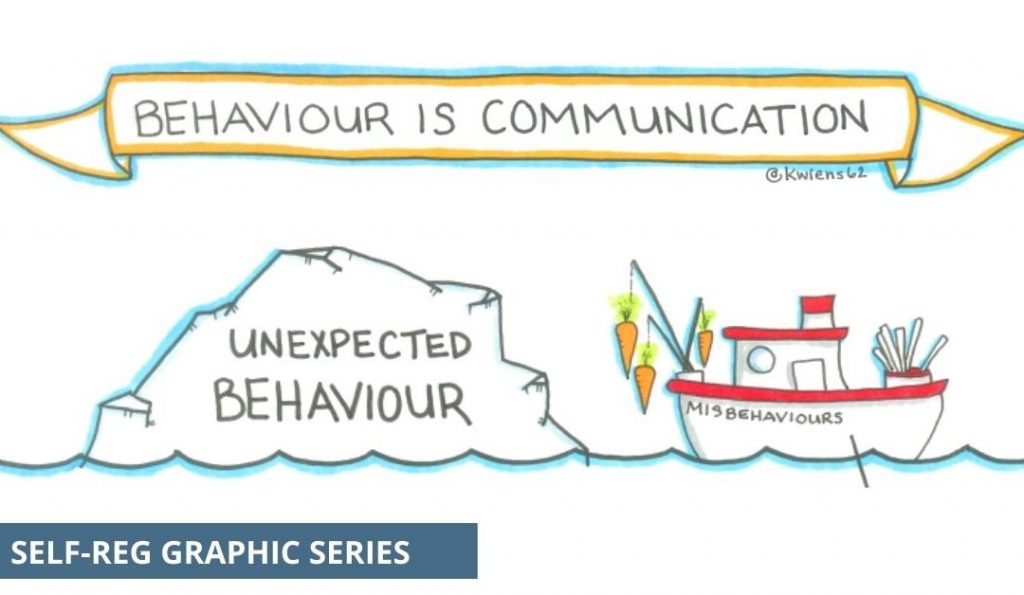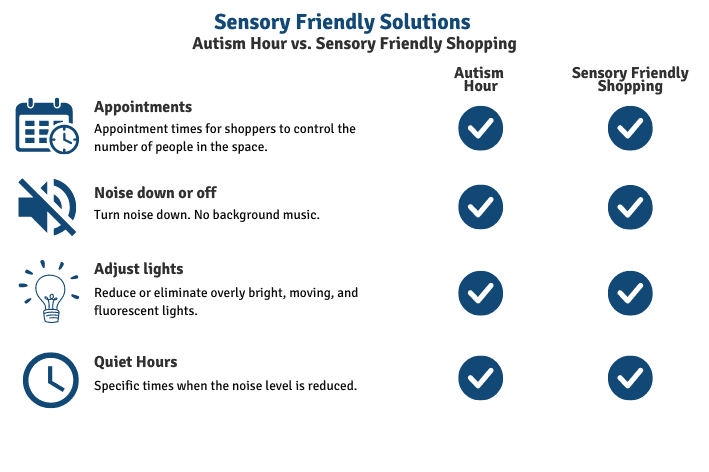November 6, 2025 | Sam Sandate White
By a former special education teacher, AuDHD adult, and parent to neurodivergent kids.
7 Tips for Autistic Meltdowns and ADHD Raging
The aftermath of a meltdown or rage episode can be devastating—for the person and for those around them. I speak from lived experience as an autistic, ADHD adult and parent, and from years teaching learners of all ages.
It can get better. This isn’t an endless cycle. While triggers and needs are unique, the same core steps lead to real, meaningful improvement. This article is my “secret sauce” I use with families and students; I hope it helps you too.
Related link: Meltdown Planning PDF and youtube video
What are Autistic Meltdowns and ADHD Rage? Is it Bad Behavior?
Autistic meltdowns occur when a person’s nervous system becomes overwhelmed by sensory or emotional input, causing shutdowns, outbursts, or loss of control. Neurodivergent people are often stressed by different situations than neurotypical people, so triggers can look unexpected to others but often relate to our sensory sensitive bodies.
ADHD rage is tied to how we process and regulate information and emotions: intense feelings that the body reacts to before the person can make sense of them.
These reactions are not choices. Meltdowns and rage episodes are painful, humiliating, and can strain relationships, but they are distress responses—not “bad behavior” you fix with willpower. Understanding how your body processes information and responding with a plan and supports helps you regain stability and reduce future episodes.
Just how no one wants a house fire, we make fire escape plans to lessen the impact of the damage to our lives.

Source: Clay Fire and free Escape Plan templates
All Behavior is Communication
Before I share my seven specific tips, I want to offer a mindset shift:
Behavior is communication.
Meltdowns, rage, even what some might call “tantrums”—these are our bodies and minds trying to tell us something.
Approaching these moments with a problem-solving mindset helps us reflect, respond, and support more effectively.

Source: The MEHRIT Center; Behavior is Communication Article
1) Know Your Triggers and Needs
One of the hardest parts of managing autistic meltdowns or ADHD rage is accepting that it’s highly individualized. What overwhelms one person may not affect another, and the strategies that help can vary just as much.
Example: I’m especially sensitive to rejection and confusion. One-on-one conversations can spike my stress if I’m unprepared, and my body settles with darkness, white noise, and rest.
Takeaway: It took me journaling my physical responses and my triggers.
Learning your own triggers and needs takes time and patience. Each meltdown or episode can become an opportunity to notice patterns and discover what helps. Over time, these records can guide you toward better understanding and more effective support
Ways to track and reflect:
- Short journal entry after an episode: trigger, what helped, what didn’t.
- Voice note or quick text log if writing feels like too much.
- Simple checklist or mood scale (1–5) to capture intensity fast.
- Occasional review (weekly or monthly) to spot patterns and update supports.
Related link: Create a Personalized Support Folder for Your Autistic or ADHD Child
2) Avoid or Replace Triggers
Once you understand your triggers, you’ll discover there are many ways to avoid or replace them.
Some solutions will be simple. For example, if grocery trips often lead to meltdowns? Switch to online shopping or choose neurodivergent‑friendly shopping hours.
Other situations require more creativity. Since I can become emotionally overloaded in one‑on‑one confrontations, I often prefer to communicate through text first. Once solutions are discussed, I can enter the conversation verbally without feeling overwhelmed.
Not everyone will be able—or willing—to accommodate every need. But even just reducing the number of situations will help you overall.
So remember to replace or avoid triggers by:
- Simple swaps
- Creative adjustments
- Avoiding the trigger

Source: Sensory Friendly Solutions; Autism Hour vs. Sensory Friendly Shopping article
3) Recognizing the Rumbling Stage
The rumbling stage is the period of unrest that comes before a full meltdown or rage episode. Learning to recognize it is one of the most important steps in prevention. You will recognize it because your body and mind are “different” from your everyday baseline. Your baseline is how your body and mind usually react to conflict and daily tasks.
Common signs of rumbling include:
- Feeling physically or emotionally stressed
- Increased stimming or repetitive movements
- Headaches, body aches, or other physical discomfort
- Irritability or frustration
- Difficulty with transitions
- Emotions that feel unusually intense or hard to regulate
When you notice these signs, plan an exit, take a break, or use calming strategies. Noticing rumbling may not always stop a meltdown, but it usually reduces its intensity. If you must stay at work or school, a quick heads‑up to someone you trust makes it easier to leave when needed.

Source: Free “I Feel” Chart Resource from Helping Hands Creations
4) Decide on Communication Shortcuts
Communication can be hard on a good day—during a meltdown it can feel impossible. Plan simple, reliable signals ahead of time.
– Physical cards: color cards, emotion‑zone cards, picture icons, or hand signs.
– Short phrases: pre-agreed or easy to understand lines like “I need to leave,” “Quiet now,” “Break please.”
– Nonverbal options: texting, ASL, pointing to a card, or tapping a wearable.
– Quick check‑ins: a 1–5 scale, colors (green/yellow/red), or a feelings chart to show intensity fast.
Example uses: colored cards let my daughter warn teachers; my husband and I use texting or ASL. The goal is a clear, low‑effort way to say “I’m struggling” and get help quickly.

Source: Color Zoned Cards; Download for Free in our Helping Hands Creations Library
5) Creating Your Plan
Put the pieces together into a short, shareable plan for people who need to know. Only share what’s necessary — a small card may be enough if episodes are rare; share a fuller plan with trusted caregivers or employers if they’re frequent. The goal is safety and clear support, not extra questioning.
Every plan should include:
- Triggers and needs — what sets you off and what helps calm you.
- Baseline vs rumbling — how you usually are versus how you look/feel when escalating.
- Location specifics — what to do at home, school, work, or in public and who to contact.
- Communication — simple signals, phrases, texts, or gestures to use.
As an example, here is my personal plan that I share with my loved ones:
- Triggers/Needs:
- Triggers: confused or criticized
- Needs: darkness, quiet, ice water, rest.
- Baseline/Rumbling:
- Baseline: upset briefly, recovers quickly
- Rumbling: slow to recover, looks/acts physically unwell.
- Location:
- Home: alone time in bedroom
- Outside the Home: go to restroom or car and call for a ride.
- Communication: ASL or hand signal for “home/restroom”; text “I need to go home.”
Keep it short, concrete, and easy to follow. Review it with those you share it with so they understand exactly what to do.


Source: Meltdown Planning PDF and youtube video
6) Recover with Care—for Yourself and Others
These events are physically and emotionally draining. Rest and basic self‑care help your body and brain heal: play soothing music, eat a full meal, hydrate, and allow extra sleep.
- Self‑care first: Treat recovery like after an illness — low stimulation, comfort, and slow return to activity.
- Check on others: Witnessing a meltdown can be frightening. Ask if anyone needs first aid or time to debrief.
- Repair simply: When you’re ready, offer a brief, honest check‑in: “I’m recovering and need some rest. I’m sorry if I said anything I didn’t mean.”
- Keep it short: Clear, calm communication protects relationships without reopening the event.
- Follow up later: When you’re grounded, share any steps you’re taking to prevent future episodes.
Small, consistent recovery habits plus simple, respectful repair make healing easier for you and the people around you. Over time, consistent recovery practices and clear follow‑up reduce the long‑term impact meltdowns have on your relationships.
Related link: Hayley Honeyman; The Autistic Meltdown Kit Guide! Youtube Video
7) Prepare and Follow Through
You’ve got the knowledge, now pair it with action. Planning for meltdowns and rage episodes can feel intimidating, but preparation is the path to greater independence and wellbeing. It also shows the people around you that you want things to change.
Over time, you will find incidents reduce in intensity, frequency, and impact. May your planning help you thrive.

